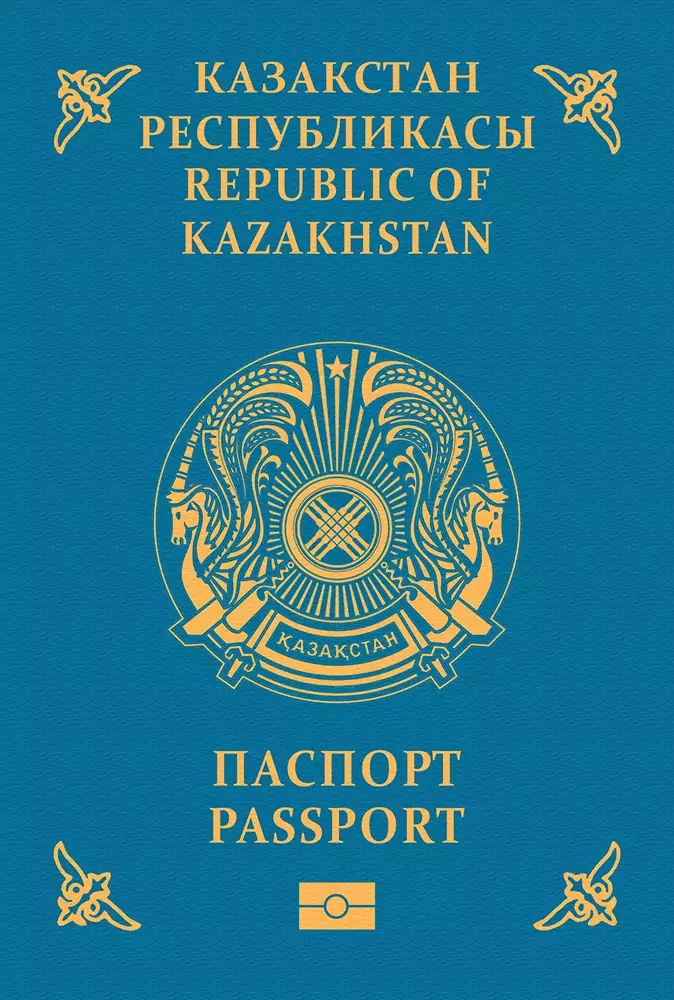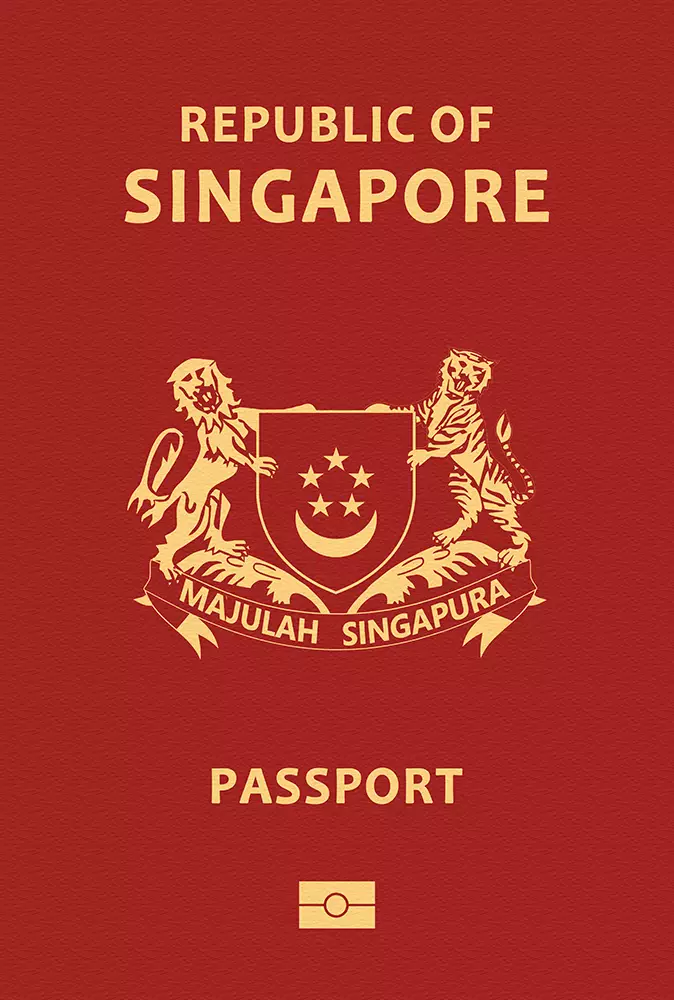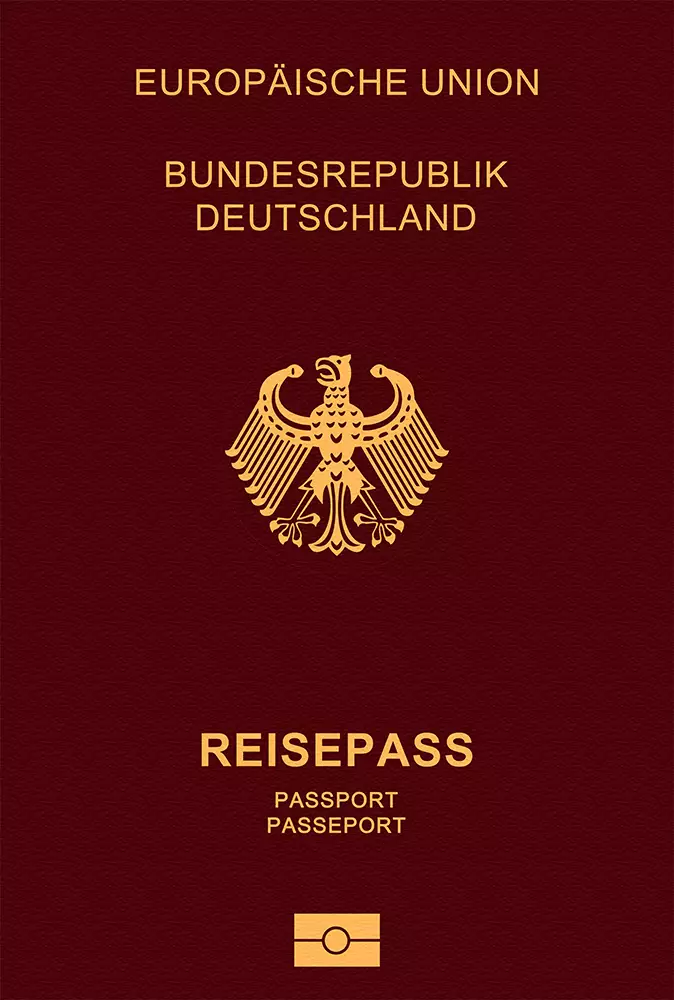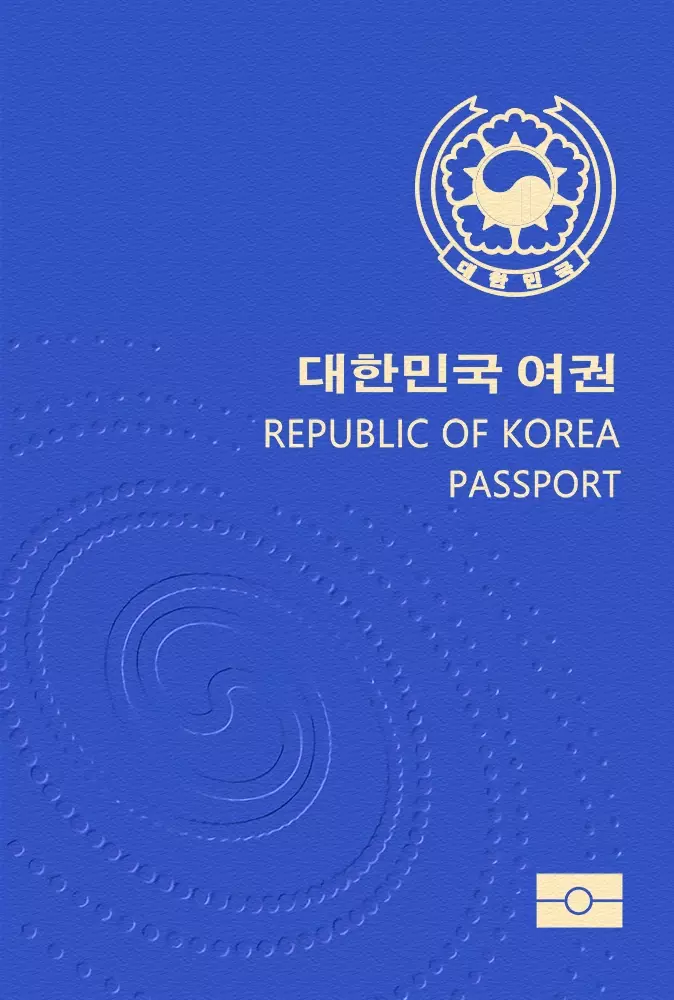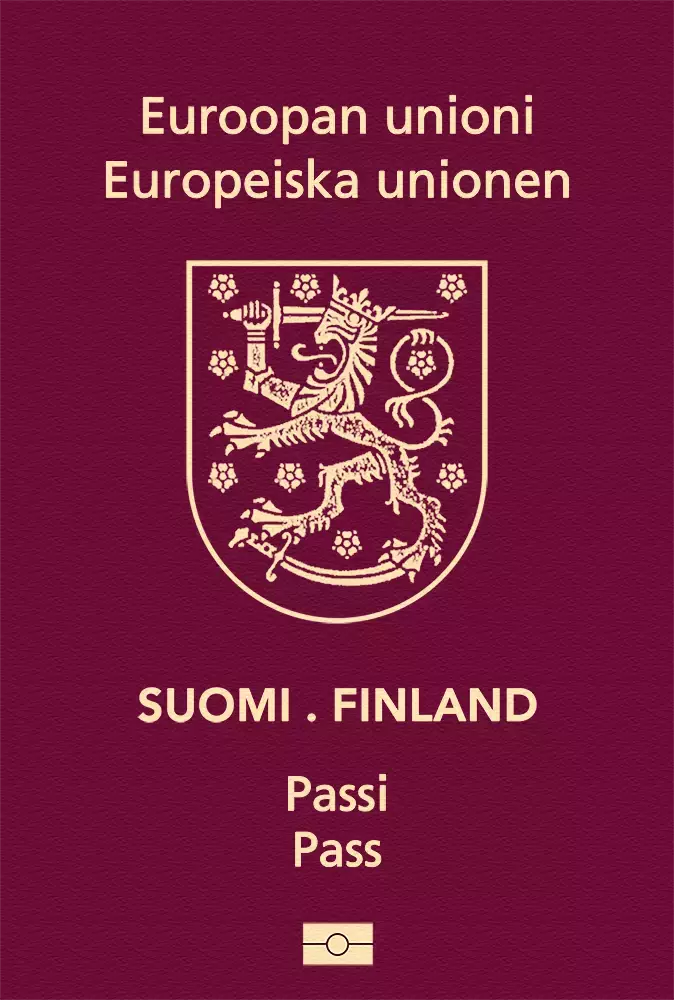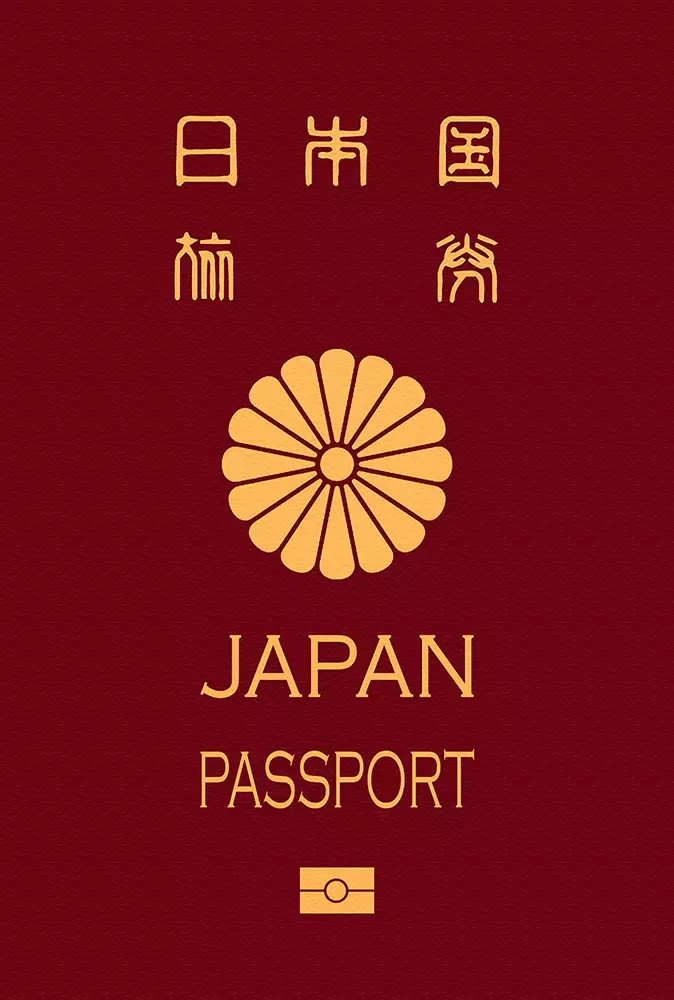Formerly a Soviet nation, the Republic of Kazakhstan is made up of 14 regions. Central Asia is where the country is located. Turkmenistan, China, Russia, Kyrgyzstan, Uzbekistan, and Mongolia are its neighbors. Kazakhstan has more than 2.7 million square kilometers in size. It is now the seventh-largest nation in the world as a result. With chilly winters and scorching summers, its climate is primarily continental. Its landscape is made up of a large steppe that stretches throughout the whole nation, with some desert in the south. The total population of Kazakhstan is 19,3 million. Considering its size, the nation is merely the 64th most populous in the globe.Nur-Sultan serves as the nation's capital. With more than 1.8 million residents, Almaty is the most populated city. Taraz, Karaganda, Aktobe, and Shymkent are additional significant cities. With 6.4 million passengers annually, Almaty International Airport (ALA) is the biggest airport. Kazakhstan is connected to most regions of the world by the airport. The cultures of the Tatar, Arab, Mongolian, and Russian peoples have affected Kazakhstan. Islam and Christianity are the two primary faiths. Its official languages are Russian and Kazakh. Roman-Germanic models have an impact on the civil law system. There is a presidential republican form of governance.President Kasym-Zhomart Tokayev is the head of state, and Prime Minister-elect Älihan Smaiylov is in charge of the government. Every five years, there are elections where the president is chosen directly by the people. The Kazakhstani tenge (KZT), which is the official currency of the nation, is currently worth 428 USD. With an open economy, the nation's GDP is estimated to be $569 billion. The per capita income of its people is $30,178. The two main industries that comprise the majority of the GDP are industry and services. The primary sectors that contribute to Kazakhstan's GDP are mining and petroleum, which serve as the foundation of the country's economy.Grain, potatoes, vegetables, and coal are other significant export commodities. There are many different urban and outdoor tourist attractions in Kazakhstan. It is renowned for the large steppe and the variety of cultural sites spread over its territory. There are five UNESCO World Heritage Sites there. Almaty, the Kolsai lakes, Aksu-Zhabagyly, the Aral Sea, the Tian Shan mountains, and the spaceport Baikonur are a few of the important locations. Every year, more than 8.7 million tourists travel to the country. the vast majority of which are native to the nearby nations.

